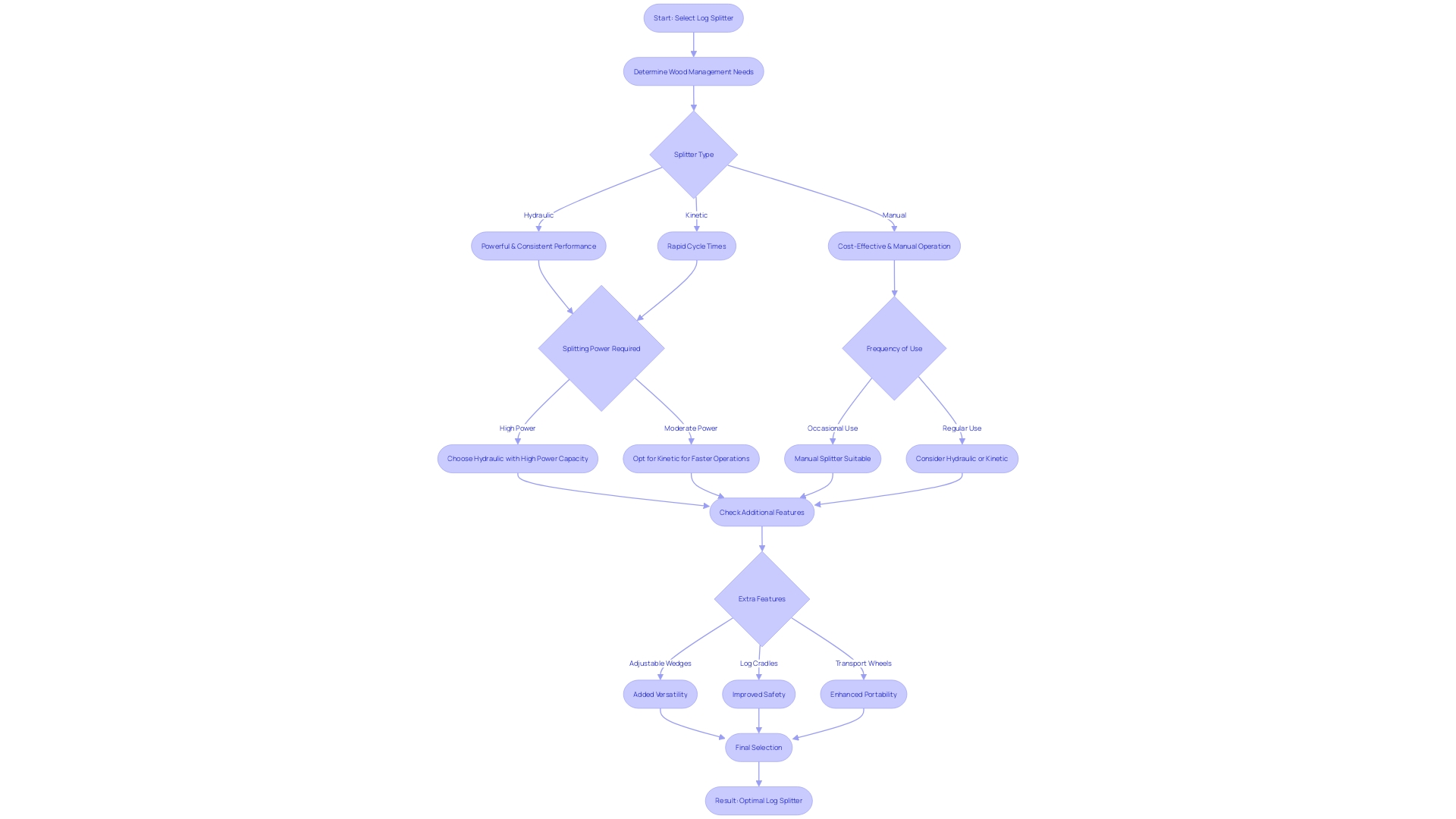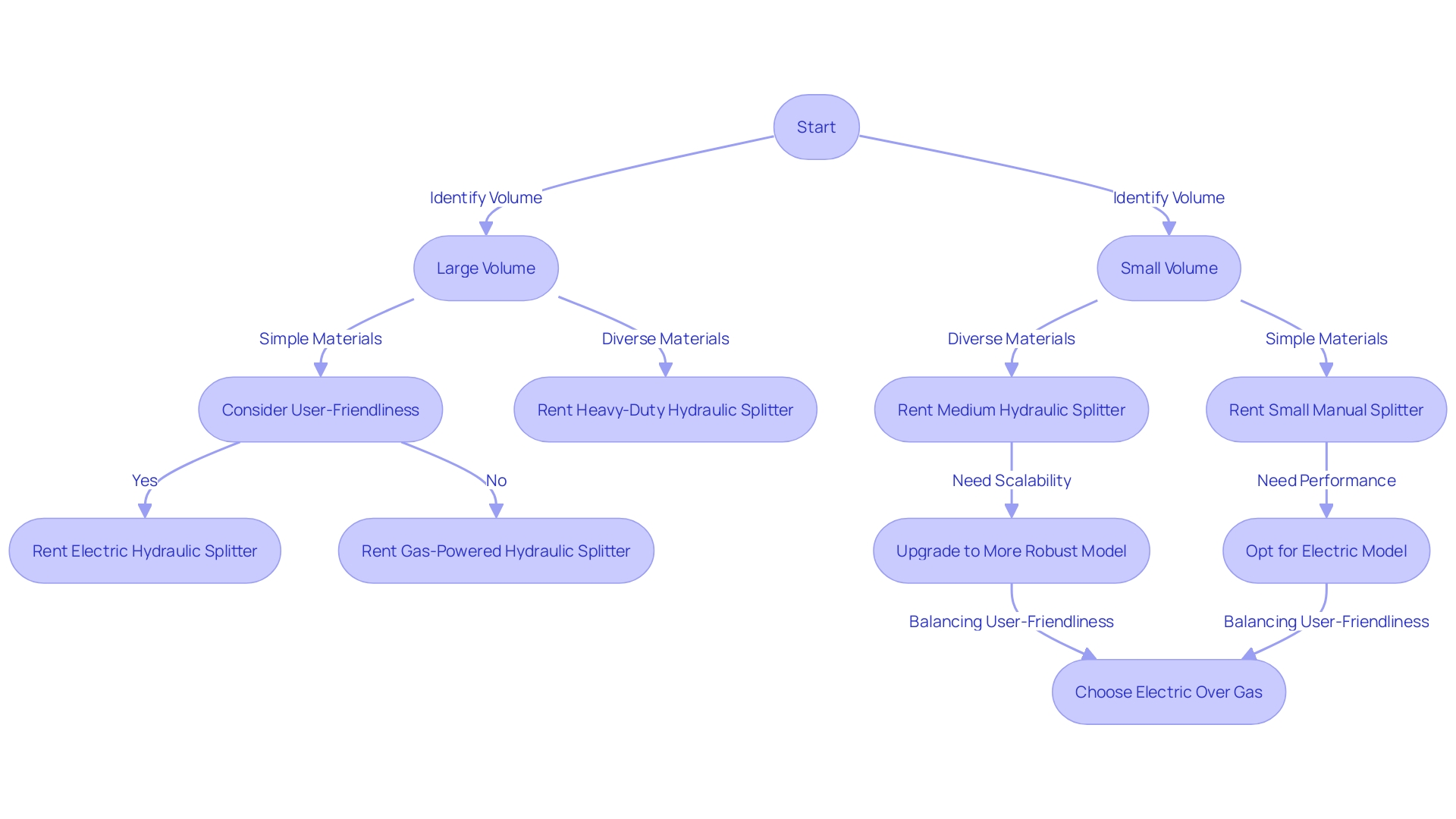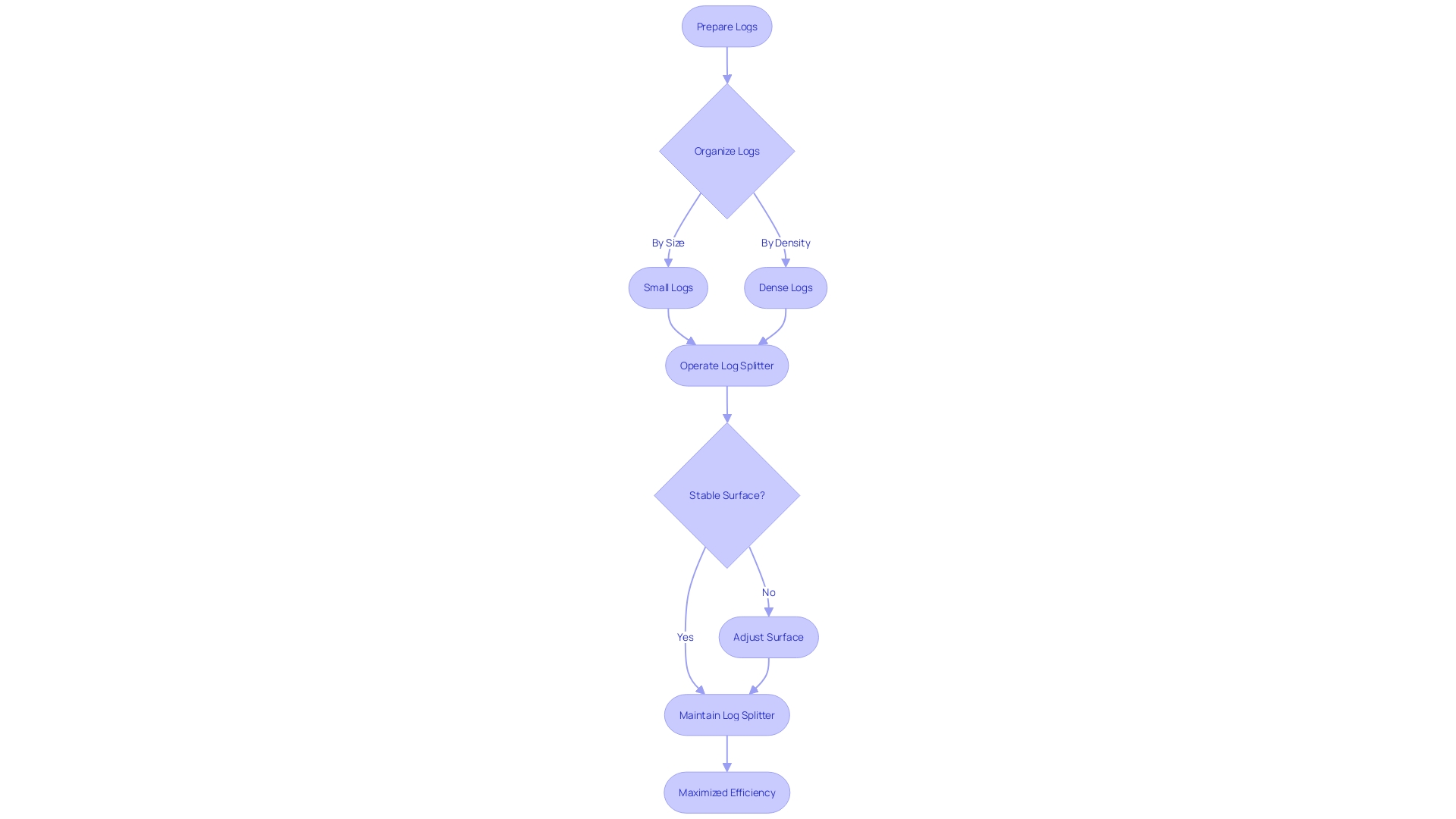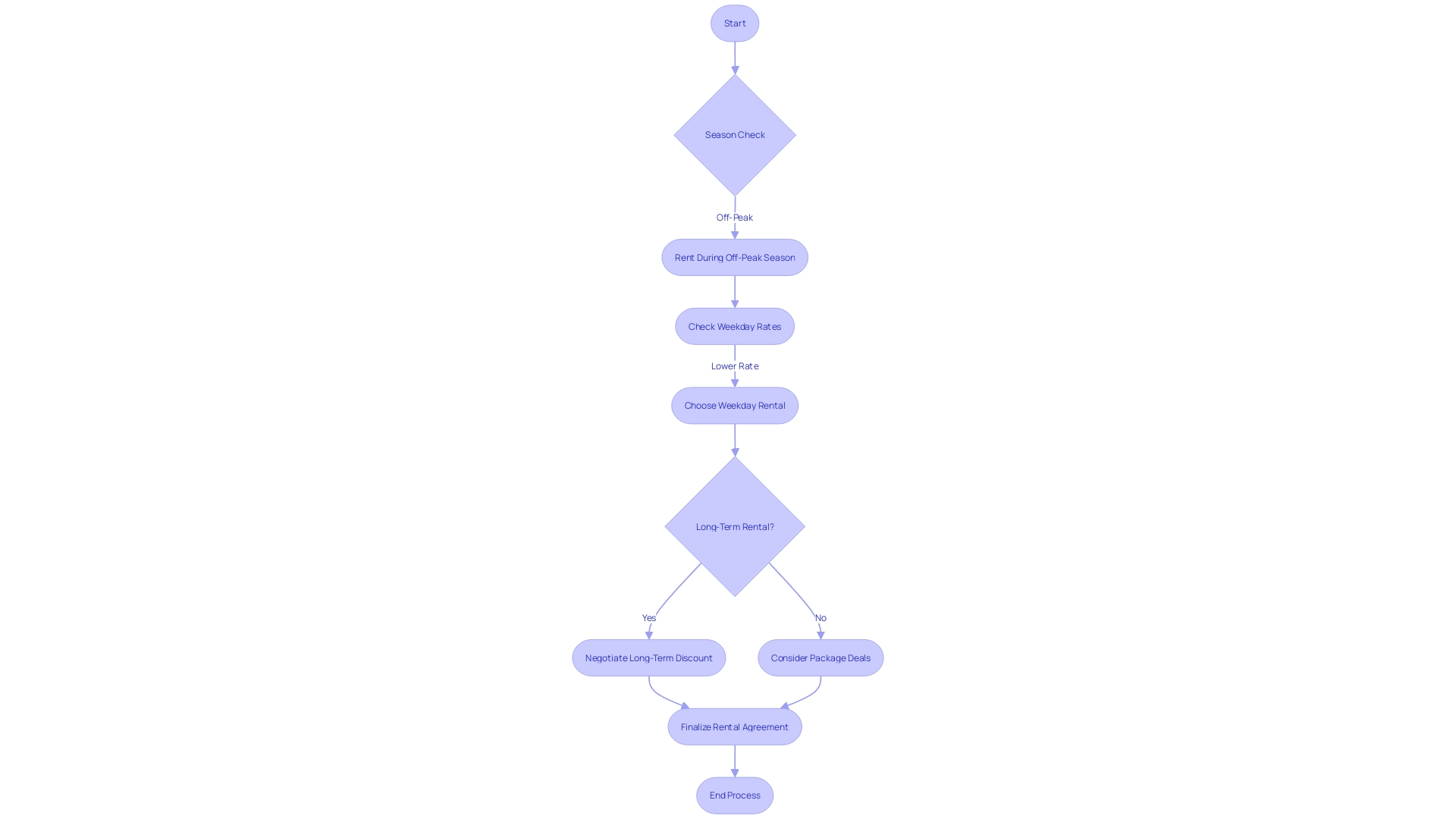Introduction
When faced with the decision of how to manage wood effectively, many turn to the option of renting a log splitter. This choice offers substantial monetary savings, sparing individuals and companies from the hefty investment associated with outright purchase.
But renting a log splitter is more than just a temporary fix; it represents a calculated, cost-effective strategy in managing wood splitting needs. In this article, we will explore the benefits of log splitter rental, understand different types and features, learn how to choose the right rental for your needs, discover tips for efficient log splitting, and discuss safety precautions and cost-effective strategies. Whether you're a homeowner or a small business owner, this comprehensive guide will equip you with the knowledge and insights to make the most of log splitter rental for optimal wood management.
Benefits of Log Splitter Rental for Wood Management
When faced with the decision of how to manage wood effectively, many turn to the option of renting a log splitter. This choice offers substantial monetary savings, sparing individuals and companies from the hefty investment associated with outright purchase.
Interestingly, this parallels the logic Amazon Web Services applied in developing their AWS Vended Logs service. They grappled with a deluge of log data and the challenge of optimizing storage costs across their colossal infrastructure, a solution that would resonate with anyone wary of overcommitting financially.
This aligns with the assertion in 'A Simple Formula: Your Guide to Financially Justifying Your Storage Unit' that one should always assess the net benefit of an investment, calculated as the current value of items adjusted by depreciation, subtracted by the aggregate cost over time. Following this formula ensures that renting a log splitter doesn’t just offer a temporary fix but represents a calculated, cost-effective strategy in managing wood splitting needs. As per the U.S. Census Bureau, with homeownership at 66% in the third quarter of 2023, it reflects a societal trend toward weighing the practicalities of renting versus buying, highlighting the relevance of such financially prudent choices in an ever-shifting economy.
Understanding Log Splitter Types and Features
Selecting the optimal log splitter to bolster efficiency in wood management necessitates an understanding of the distinctions among splitter types and their unique benefits. Hydraulic splitters are prized for their powerful and consistent performance, ideal for larger or more demanding splitting tasks. Kinetic splitters, on the other hand, offer rapid cycle times, suiting operations that prioritize speed.
For those with simpler, less frequent splitting needs, manual splitters provide a cost-effective solution. Moreover, the efficiency of your log splitting process can be enhanced with thoughtful features; for instance, adjustable splitting wedges facilitate tailoring to log sizes, log cradles stabilize timber during splitting, and transport wheels ensure ease of movement on-site. Paying close attention to such features guides you in aligning the splitter's capabilities with your wood processing needs, an alignment that is pivotal for small business ventures where maximizing productivity and managing space effectively are critical.

Choosing the Right Log Splitter Rental for Your Needs
Choosing the correct log splitter rental can significantly enhance your productivity. It begins with a clear understanding of your objectives. Are you facing an upsurge in demand, necessitating rapid processing of large log volumes?
Or are you aiming for enhanced efficiency with a limited workforce? Scrutinize your operational sequence to identify what you need most from your rented equipment. This could mean selecting a log splitter capable of tackling different log sizes and types of diversity in material is one of your 'pain points'.
For businesses experiencing rapid growth or dealing with substantial quantities, like Europris in Norway—which consolidated multiple warehouses into a single, effective hub—precision in choosing equipment to match scaling necessities is imperative. Similarly, for your logging efforts, a splitter that matches the volume you intend to tackle, without being overcomplicated for the user, will streamline your work. By choosing a model that balances robust performance with user-friendliness, you avoid the pitfalls of either underutilization or overwhelming complexity, ensuring a smooth operational flow and optimal returns on investment.

Tips for Efficient Log Splitting with Rental Equipment
To make the most of log splitter rental and maximize efficiency, there are several tips you can follow. Firstly, it is important to properly prepare your logs by removing any branches or knots that may hinder the splitting process.
Additionally, organizing your logs by size and density can help improve efficiency during splitting. It is also recommended to operate the log splitter on a stable and level surface to ensure safety and optimal performance. Lastly, maintaining the log splitter by lubricating moving parts and regularly inspecting for any wear and tear will contribute to its overall efficiency.

Safety Precautions When Using Log Splitter Rentals
Maximizing the effectiveness of rented log splitters entails stringent adherence to safety protocols to avoid potential accidents and maintain project efficiency. Before commencing any splitting activity, an operator must be thoroughly acquainted with the log splitter's operational guidelines, which are detailed in the manufacturer’s manual.
Beyond mere comprehension of the instructions, it's imperative to equip oneself with the necessary personal protective equipment (PPE)—including gloves and safety goggles—to safeguard against possible harm. To prevent accidents, operators should never position their hands or fingers near the active splitting zone.
A log cradle or comparable safety mechanisms should be employed to stabilize the wood. Moreover, a meticulous pre-use inspection of the log splitter is essential to identify and rectify any signs of wear, damage or operational defects. Implementing these safety measures is vital not only to ensure a seamless log splitting process but to also mitigate the risk of injuries and operational interruptions.
Cost-Effective Strategies for Log Splitter Rental
When considering the rental of a log splitter to improve your wood management process, timing and planning are crucial for maximizing efficiency and adhering to the budget. Renting during times of lower demand, such as off-peak seasons or on weekdays, can lead to lower rates and substantial savings.
If your project timeline extends over a considerable period, it's wise to negotiate with the rental company for discounted rates on long-term rentals, drawing a parallel with how large-scale AWS deployments manage petabytes of data efficiently without overspending. This cost-saving strategy mirrors the insights shared about Amazon's approach to handling vast amounts of data for diverse customer needs.
To further enhance value, package deals that bundle the log splitter with additional tools or accessories could be available, streamlining the process and potentially reducing overall costs. Such careful considerations and strategic choices echo the principles laid out in 'How Big Things Get Done,' underlining the importance of meticulous planning in achieving ambitious goals within financial constraints. Remember, as the formula for assessing storage unit costs suggests, the net benefit of rental equipment should always factor in the value and depreciation against the expenses over time, ensuring a financially sound decision.

Conclusion
Renting a log splitter is a cost-effective strategy for managing wood splitting needs. It offers substantial monetary savings compared to purchasing and aligns with the trend of weighing the practicalities of renting versus buying.
Understanding the different types and features of log splitters ensures optimal efficiency in wood management. Choosing the right log splitter rental starts with clear objectives.
Balancing performance with user-friendliness avoids underutilization or overwhelming complexity. Following efficient log splitting tips maximizes productivity.
Safety precautions are paramount, including adhering to protocols, wearing personal protective equipment, and avoiding hand placement near the splitting zone. Strategic cost-effective strategies include timing and planning for lower rental rates, negotiating discounted rates, and exploring package deals. Renting a log splitter is a smart choice for effective wood management, saving money, increasing productivity, and optimizing the wood splitting process. By utilizing log splitter rentals, individuals and businesses can efficiently manage their wood splitting needs.




